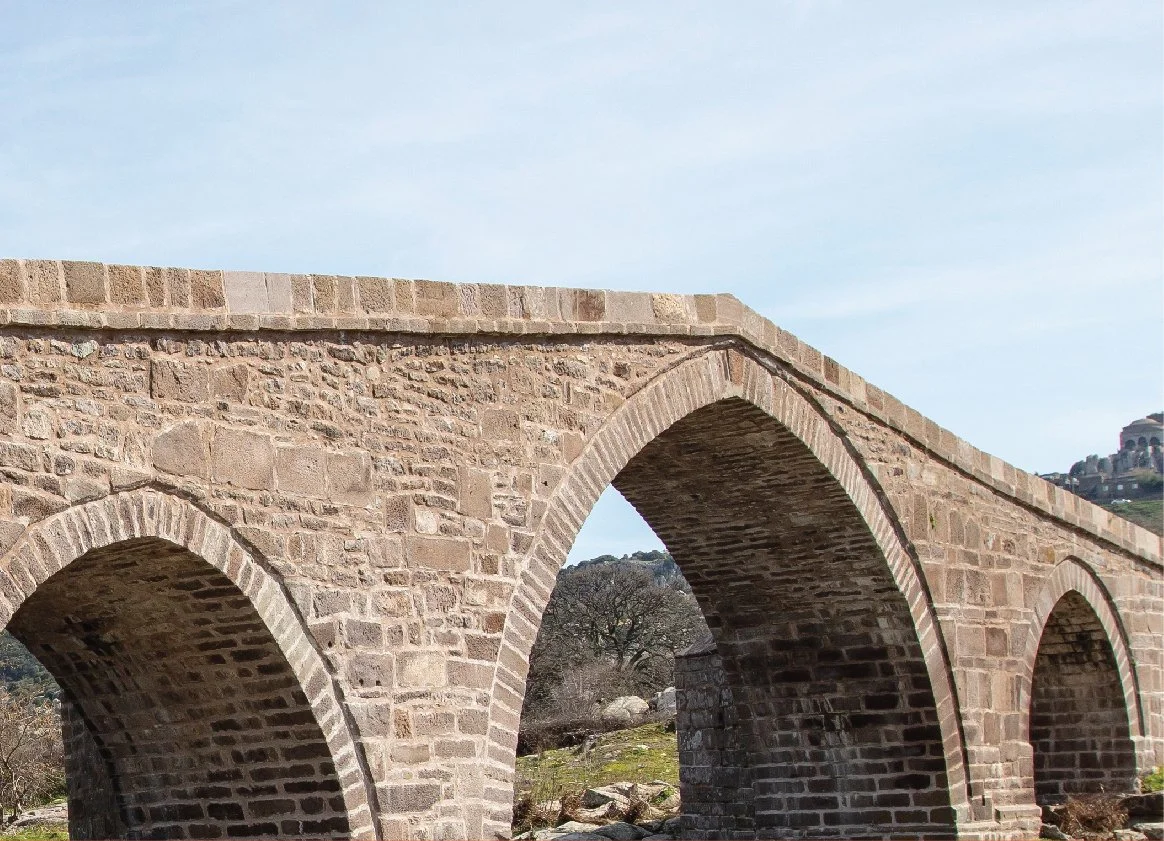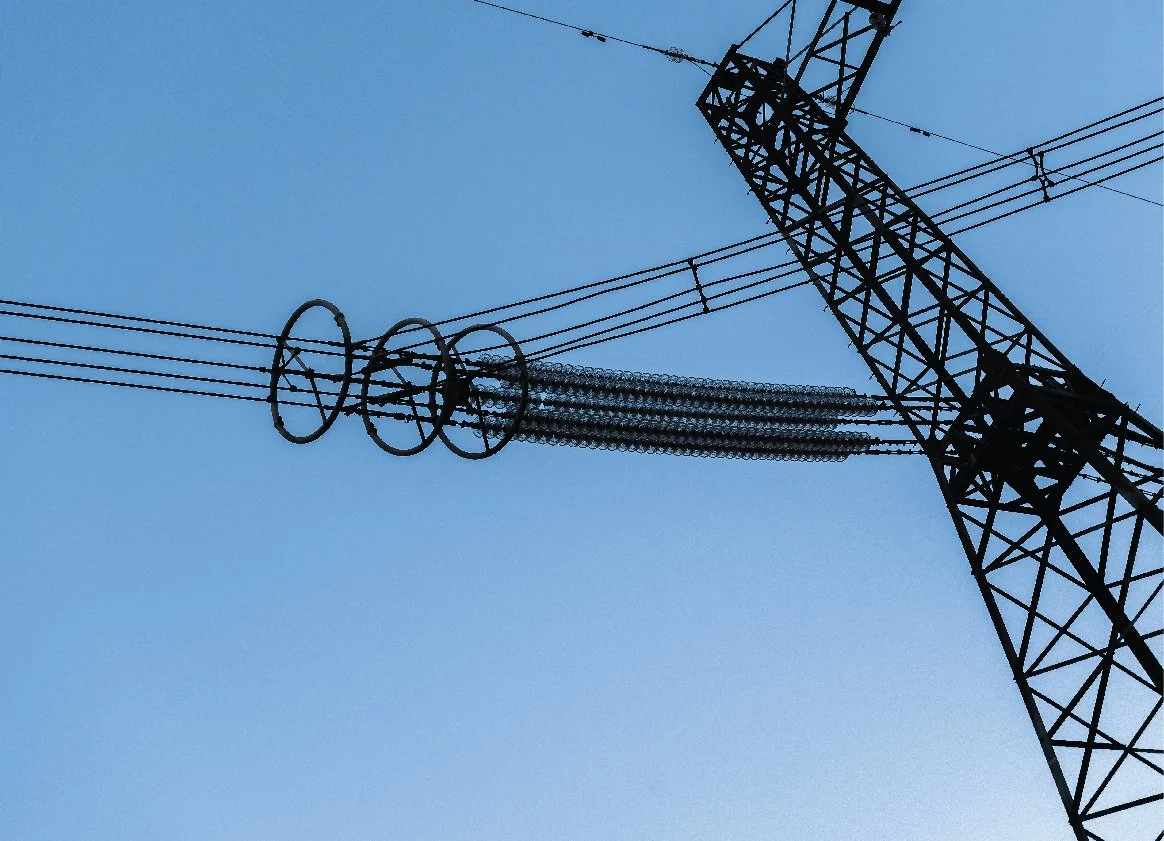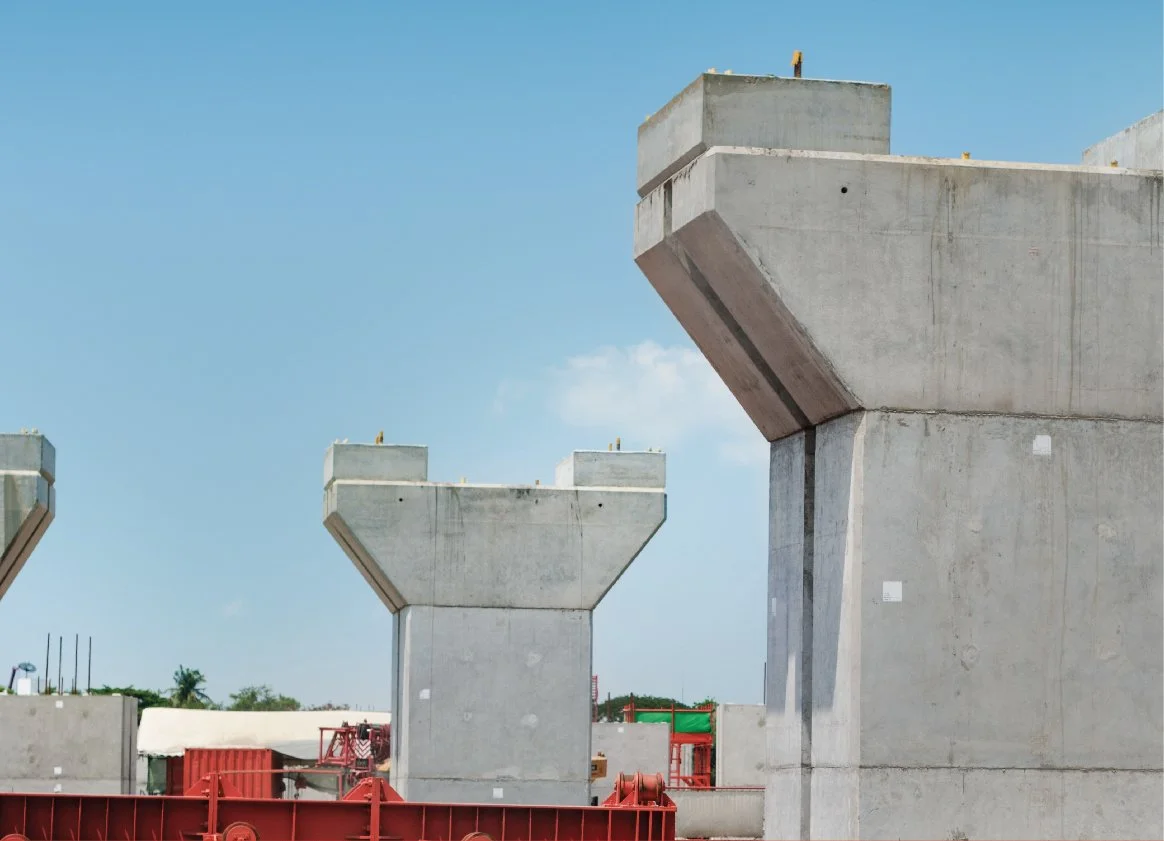STEEL structures
PRECISION BLASTING
Blasting is a highly effective method for removing large steel-framed structures—especially when traditional machine demolition would pose greater risks to personnel, adjacent systems, or the structure itself. In many cases, safety concerns make blasting the more controlled and predictable option. Through carefully sequenced charges and load-bearing analysis, steel structures can be brought down with precision and confidence. Demtech frequently applies this technique in industrial environments where factors like limited access, surrounding infrastructure, and time sensitivity make conventional takedown methods impractical. Common targets for steel structure blasting include boiler buildings, precipitators, SCR units, and steel chimneys.
BOILER BUILDINGS
Demolishing massive, rigid steel boiler buildings with hung boilers is risky and time-consuming using traditional methods. Blasting offers a safer, faster alternative, collapsing the structure predictably, typically sideways. This minimizes hazards, simplifies debris, and accelerates site clearance, with planning accounting for load paths, anchoring, and surrounding infrastructure for a contained collapse.
PRECIPITATOR
Electrostatic precipitators are large box-like steel units connected to chimneys and ductwork. These are typically removed using directional blast techniques to cause controlled collapse without damaging surrounding systems or structures. Care is taken to isolate energy from the blast and prevent damage to foundations or nearby process equipment.
SCR (Selective Catalytic Reduction units)
SCR units are tall, steel-framed towers designed for emissions control. Their removal by blasting requires precise coordination due to their vertical design, internal components, and integration into plant systems. Explosive cutting is used at strategic support points to achieve a clean and safe takedown.
STEEL CHIMNEY
Steel chimneys, especially those with guide wires or rigid bases, are dropped using base-cutting or tension-release methods. Blast sequences are engineered to control the direction and manner of fall, ensuring a safe collapse path. This is a preferred method when height, location, or surrounding equipment makes dismantling impractical.








